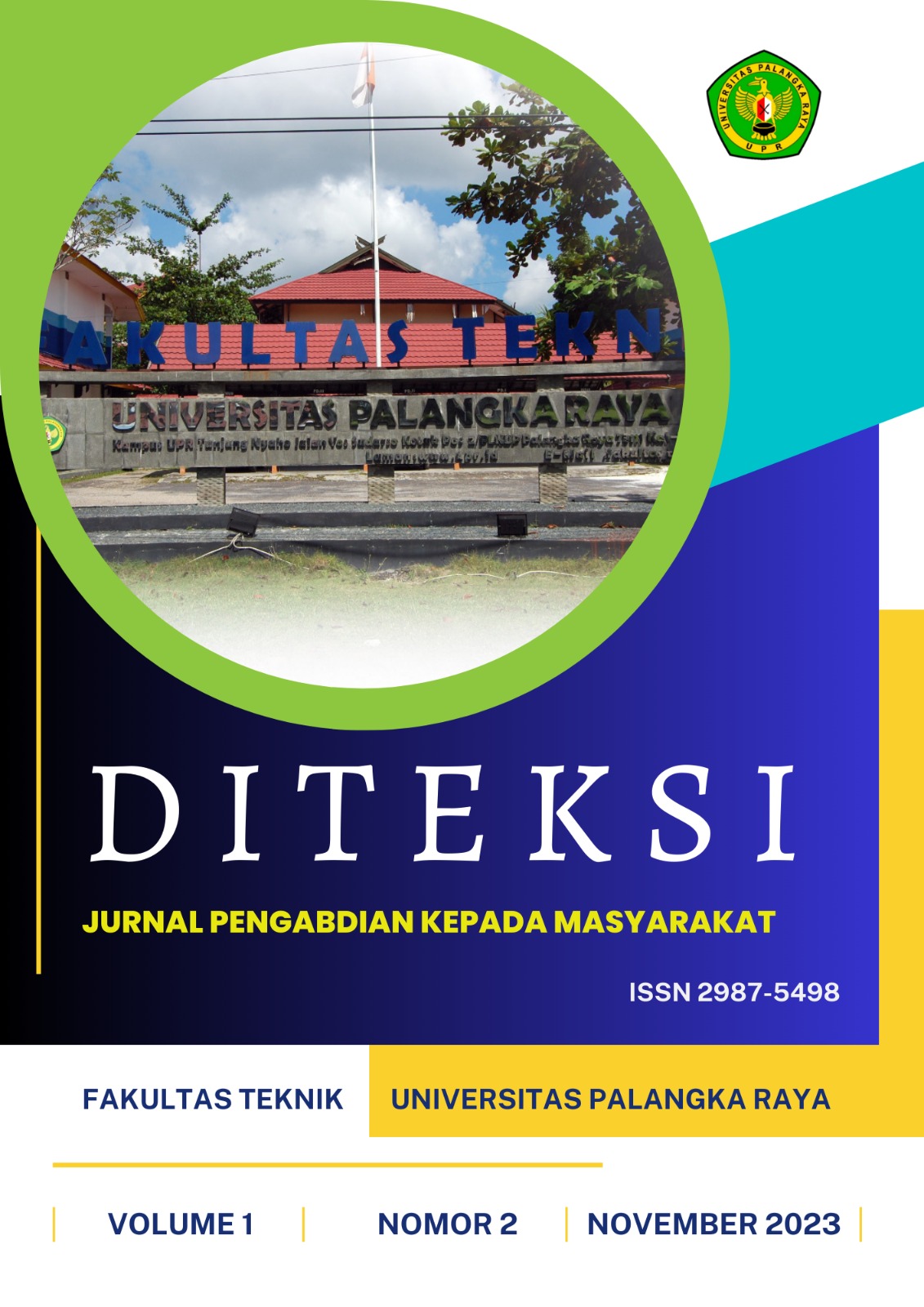Pemanfaatan Limbah Sekam Padi Dalam Pembuatan Sekam Bakar dan Briket di Pendahara Kecamatan Tewang Sangalang Garing Kabupaten Katingan
DOI:
https://doi.org/10.36873/diteksi.v1i2.11396Keywords:
Roasted Husk, Briquettes, Rice HuskAbstract
Pendahara sub-district has rice fields covering an area of 165 hectares with an average annual rice yield of 417.5 tons. After the harvest period, there will usually be a lot of leftovers from rice milling in the form of rice husk waste (husk). There is still little use made to reduce the environmental impact resulting from rice husk waste. The use of rice husks has impacts in terms of energy, finance and ecology. From an energy aspect, rice husks can produce bioenergy through burning the husks for electricity or alternative fuels. Meanwhile, from a financial aspect, farmers can reduce production costs by using husks as value-added products such as organic fertilizer. Furthermore, in the ecological aspect, it is useful in minimizing agricultural waste and reducing pollution due to the use of husks for various environmentally friendly products such as compost or wood panels. If further processed rice husks can be made into husk charcoal which is processed into briquette products, briquettes have benefits as fuel, agricultural materials and industrial materials, for human needs. The aim of this community service activity is to use rice husk waste into burnt husks and briquettes so that it can be used as a community business opportunity. The stages of making burnt husks are making a burning tool, burning rice husks, packaging the burnt husks. The stages of making briquettes are grinding the ingredients, mixing the ingredients and molding the briquettes. The results of making burnt husks and briquettes, namely burnt husks, can be used as planting media and fertilizer for plants. In the results of making briquettes, the briquettes cannot be used because they cannot be lit, which is why briquettes require a lighter to make it easier to ignite.








